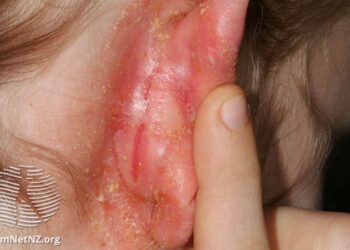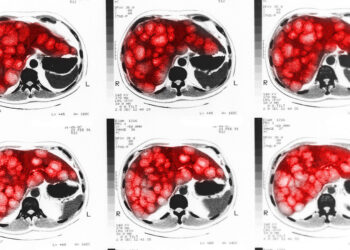TOPLINE:
Fatigue, a common symptom immediately after a transient ischemic attack (TIA), persists up to a year after the event in 53.8% of patients, a new study showed. History of anxiety or depression was twice as common in patients with fatigue than in those without.
METHODOLOGY:
- Researchers conducted a prospective cohort study at a hospital in Denmark (2022-2023), including 287 adults with TIA (mean age, 70 years; 43% women) and symptom onset within the past 30 days.
- Participants completed Multidimensional Fatigue Inventory (MFI-20) and nine-item Fatigue Severity Scale (FSS) questionnaires at 14 days (considered baseline) and 3, 6, and 12 months after discharge.
- Prognostic factors considered in the analysis included sex, age, presence of acute ischemic lesions, education level, employment status before TIA , type and duration of onset symptoms, cohabitation, and a history of depression or anxiety and TIA or stroke.
TAKEAWAY:
- At baseline and 3, 6, and 12 months, pathologic fatigue (defined as having an MFI-20 score of ≥ 12) was reported in 61.3%, 53.5%, 54.0%, and 53.8% of patients, respectively.
- 61.9% of patients who reported pathologic fatigue at baseline still reported fatigue 12 months later.
- A history of anxiety or depression was reported in 20% of patients with fatigue vs 9% of those without fatigue.
- The prevalence of acute infarction was evenly distributed between patients with fatigue and those without, suggesting no direct association between acute ischemic lesions and fatigue development.
IN PRACTICE:
“If people experience fatigue within 2 weeks after leaving the hospital, it is likely they will continue to have fatigue for up to a year. For future studies, people diagnosed with a TIA should be followed in the weeks and months that follow to be assessed for lingering fatigue,” co-investigator Boris Modrau, MD, PhD, Aalborg University Hospital, Denmark, said in a press release.
The authors of an accompanying editorial wrote, “The observed high prevalence of severe fatigue 1 year after a TIA is both a concern and an opportunity. The coexistence of fatigue, anxiety, and depression provides insight into potential improvements in prevention and treatment strategies, which could be incorporated into existing lifestyle interventions as part of secondary prevention.”
SOURCE:
The study was led by Birgitte Hede Ebbesen, Aalborg University Hospital, Aalborg, Denmark. The accompanying editorial was authored by Nina A. Hilkens and Ewoud J. Van Dijk, Research Institute for Medical Innovation and Donders Institute for Brain, Cognition and Behaviour, Radboud University Nijmegen Medical Centre, Nijmegen, the Netherlands. Both were published online on May 14 in Neurology.
LIMITATIONS:
The study may have underestimated fatigue due to a selection bias as 36% of eligible patients declined participation citing low energy. Data were unavailable for nonresponders, and one item was missing from the FSS, limiting direct comparison with other cohorts. Self-reported data may have been influenced by caregiver assistance, introducing a potential bias. Additionally, as an observational study, it could not determine causal factors for fatigue, including the roles of TIA etiology or comorbidities.
DISCLOSURES:
The study was funded by the Danish Physiotherapy Association. The editorial did not receive any targeted funding. No relevant conflicts of interest were reported by the study investigators and the authors of the editorial.
This article was created using several editorial tools, including AI, as part of the process. Human editors reviewed this content before publication.
Source link : https://www.medscape.com/viewarticle/fatigue-can-persist-year-after-tia-2025a1000cj5?src=rss
Author :
Publish date : 2025-05-19 11:29:00
Copyright for syndicated content belongs to the linked Source.














